Black Mold in Shower? What it is & How to Prevent it!
Everything you need to know about Black Mold in Shower.
In this comprehensive post, we'll go over;
- The common types of shower mold.
- If shower mold can make you sick.
- How to prevent shower mold
- How to clean shower mold
So if you've ever wondered if you might have mold in your shower, you'll love this post!
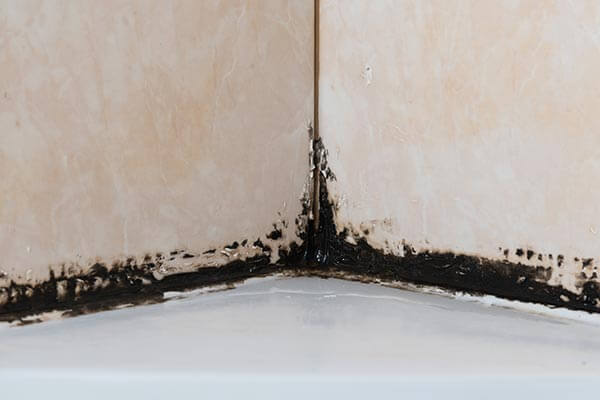
Black Mold in Your Shower Rochester, NY
Mold is all around us in the form of spores. They travel through the air and can come from anywhere. When the spores finally settle (especially in a great environment like a bathroom) it is now the perfect breeding ground for mold growth.
When the spores begin to grow, colonies of mold can build up in deep corners of the bathtub or shower and between bathroom tiles/grout. Additionally, mold grows around drains, on the ceiling or walls, and in wallpaper.
Since most attics are rarely visited, it can become the perfect spot for this silent invader: attic mold!
Common Types of Mold Found in the Bathroom
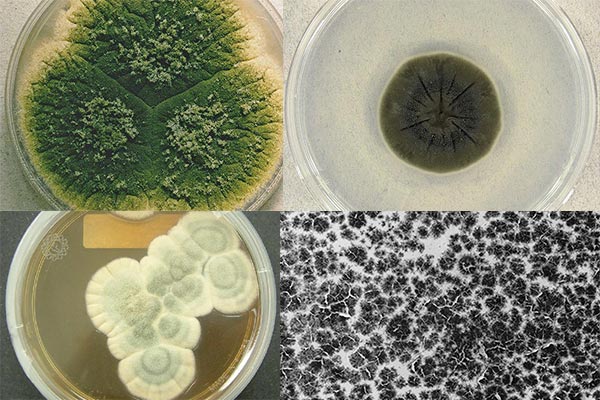
Aspergillus
Cladosporium
Penicillium
Stachybotrys Chartarum - (black mold) is a genus of mold and not one specific type, rather a variety of molds
Can Mold Make You Sick?
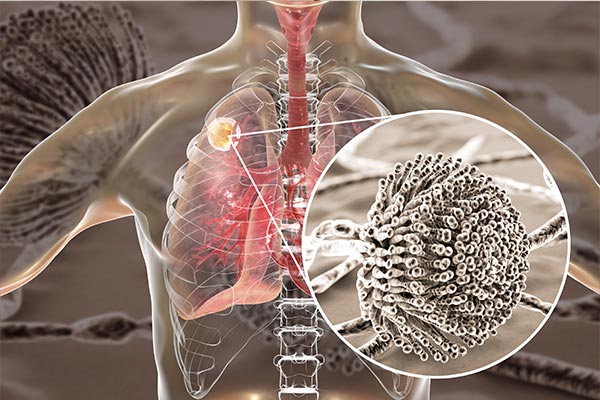
Depending on what mold is present, there are different illnesses and health risks. It can commonly make asthma or COPD symptoms worse. Can cause headaches, memory loss, joint pain, allergies.
However, some people are more sensitive to mold and may have reactions similar to having a cold (watery eyes, runny nose, itching, wheezing). Can also cause rashes and respiratory problems. Immunocompromised people may have more severe reactions to the mold spores.
Preventing Mold in Shower
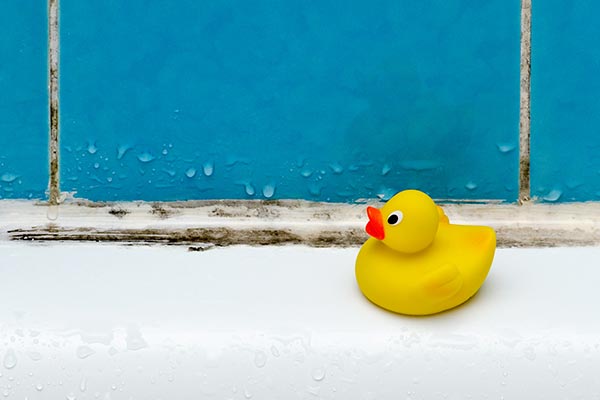
- Monitor humidity with dehumidifiers/humidifiers
- Proper ventilation (windows or exhaust fans). The exhaust fan should be running during any bath or show as well for another 15 minutes afterward to help remove any excess moisture.
- Keep the bathroom dry to eliminate moisture including towels, bathmats, and the shower curtain. If you have had mold before in a specific area, it is a good idea to wipe them down after every use (sink, shower, tiles) to remove moisture and help prevent mold growth.
- Check pipes, valves, and faucets to ensure no leaks
- Use a shower curtain that stays inside the tub, replace it when any signs of mold/fungus appear
- If you notice anything that looks like mold in your shower, clean it up right away before it gets out of control
- Be on the lookout for cracked or shifted tiles and wet drywall
- If you're remodeling or building, use the right kind of paint for the bathroom. Some are more water-resistant. There is also paint specifically used to prevent mold growth
- Keep the showerhead clean by removing it and soaking it in a cleaning solution and scrubbing all parts. Before replacing it, let it air dry. You can also use a plastic bag filled with the solution and tape or rubber band it in place over the showerhead.
- You can use a daily shower spray which helps reduce mold growth and grime buildup. Or, you can use a vinegar mixture daily, just spray and wipe dry.
- Even though we all dread this chore, it’s good to clean the shower weekly. A majority of people don’t have that kind of time each week, so every 2 weeks would also be good.
- If you can help it, don’t use the shower floor mats that have suction cups. Mold loves growing under the cups!
Cleaning Black Mold in the Bathroom
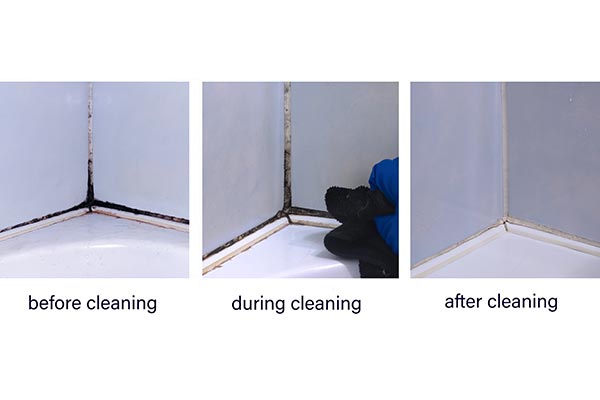
**White vinegar or bleach cleaners. Or you can create a mixture of 1 part bleach/vinegar to 2 parts water. Allow mixture to sit on the surface for 10 minutes, then scrub away. Rinse with water.
This same process can also be completed with baking soda mixed with small amounts of water to create a paste. It is also good to know that bleach may not necessarily kill the mold, just clean the area for a short time. It may also promote more mold growth.
Other mold killing agents will work as well. ALWAYS be sure when cleaning up the mold to wear protective clothing such as goggles, a face mask, and gloves. For best practices, check out the CDC’s guide on controlling mold.
**Finding black mold on the silicone or caulking in your shower can be daunting. Spraying with vinegar and wiping it away should be the first step in taking care of the mold. Vinegar is an all-natural antimicrobial agent.
**Mold not only needs to be cleaned but also killed. This may require parts of a wall or shower tiles to be replaced.
**It is recommended that if the affected area of mold is more than 10 square feet, it should be taken care of by a professional. Additionally, if the affected area is a porous material, like drywall.
**Black Mold should always be cleaned and removed by a professional
Why Choose Rock Environmental
Rock Environmental is available for 24-7 emergency mold removal services. Not only that, but the professionals have all been HAZWOPER trained and IICRC certified. When it comes to black mold in shower, they are the experts you want to call. Black mold can be scary, especially when you are unsure if it is the real “black mold” or just one that looks like it.
Never worry, Rock Environmental will come in and take care of the mold issue and restore your bathroom using their start of the art mold remediation tactics.
Share this Post
